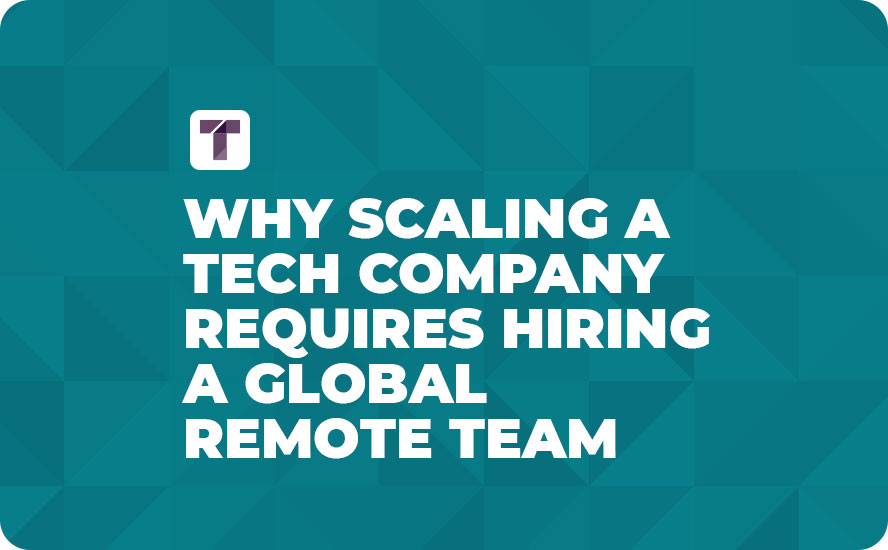Do you have enough engineers to fill out your dream team of software developers right now? Most software and tech companies that have stuck to the old pre-COVID way of doing things are finding it harder and harder to hire developers especially when it comes time to scale and grow. Frankly, that’s the reason Truss is even here today, we don’t just believe in global remote teams, we believe they are necessary now more than ever. In 2022, scaling a tech company requires hiring a global remote team. But before we talk more about us, how about we talk about you… you and everyone else trying to navigate a new world of talent hiring.
The Tech Talent Shortage
Across the country, restaurants and fast-food chains are finding good help or any help hard to find. You see it all over the news, but what you don’t hear about is that the same thing is happening in software development. That’s right, you are not alone.
In fact, it is estimated that there is currently 1 engineer available for every 3 openings. That’s more than a little frightening. In fact, 57% of tech executives currently say that the labor shortage is their top business concern according to a recent CNBC report. How do you make sure you can get the engineers you need to fill your roles. It begins with giving engineers what they want, and right now, that is remote work.
Should You Hire Remote Engineers?
If you thought remote hiring was just a fad or limited to the pandemic, think again. For many, the pandemic was a wake-up call that their workforce could work differently than it had in the past, and for many workers, especially in software, remote work became not just a benefit, but a requirement.
Currently, it is estimated that 74% of software engineers want to work remotely for at least a majority of their time. Offering remote work as an option is going to be key when you are trying to fill engineering roles. If you are already open to remote work, then you can be open to another option that will further ease the stress on your hiring pipeline—global hiring.
Should You Hire Global Engineers?
That’s right, if you are going to build a team around the idea of remote work, then those workers no longer have to be in your state or even in your country. There is a lot of amazing global talent out there, and they want to work for you! In fact, 75% of global engineers are interested in working for American companies, but most do not want to relocate to the U.S.
You are still going to be competing for talent globally, as you are definitely not the only company looking to hire from the global talent pool, but there are many things you can do to attract that talent:
- Compensation—Pay is always going to be a motivator no matter where you are hiring. Make sure you are offering competitive pay for your global talent.
- Exciting Work—This may not always be under your control, but when people have options with similar compensation, they are more likely to choose the employers that offer unique and interesting work.
- Culture—Accept that your company culture is about to change, and for the better. Be ready and willing to incorporate the cultures of your global team, make them feel welcome, and accept a different viewpoint into your company’s identity.
- Ask!—In the hiring process, talk to your potential new hires. Ask them what they need to be successful and happy. You aren’t always going to get the same answers that you are used to hearing from U.S.-based talent, and you may find new ways to be accommodating to global talent.
How Do You Hire Global Talent?
Hello! Remember Truss? We are the answer to this question. We can be your solution to make everything work. We could go into all the complicated stuff, including employer of record, payroll, and compliance, but let’s simplify it a little. To grow quickly with a team in another country (or a few other countries) you need a partner. Doing it alone can be costly and time-consuming. Believe us, we’ve done it. Instead, partner with Truss, and we will provide the global support you need to make a world-class team.

